Phone Number
(+91) 8655358999
A VFD (Variable Frequency Drive), or rather a VVFD (Variable Voltage and Frequency Drive) is a precision electronic device specifically designed and used to control the speed of AC induction motors (single as well as three phase) without affecting the electric consumption, torque, impedance, magnetic flux, etc. of the motor. It is integrated to an operator interface for receiving the required speed control commands (using keypads). Why canŌĆÖt VFDs be replaced by other straightforward means? The following discussion will provide the exact purpose of using VFDs to control AC motor speed. The purpose of a VFD is specifically intended to control the speed of an AC motor by strictly observing the above parameters. Here, the speed of the motor is varied by changing the magnitude of the input voltage as well the frequency at a constant ratio and thus the motor is able to maintain a constant torque even at lower speeds.
Even though manufacturers are now offering more standard medium voltage (MV) drive options, and advances in high-voltage semiconductor technology have lowered the cost of electronics, they remain significantly more expensive (at least in terms of initial purchase price) and less readily available than low voltage drives.
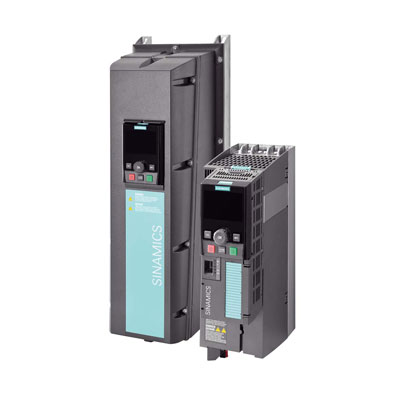
There is a wide range of applications for low voltage AC drives in almost all sorts of industrial machinery where high performance and varying speed is required but not at a huge power cost. These include machinery involved in material handling such as belt conveyor, crane, hoist, diverter, compressor, pump etc. They are also used in textile industry in machinery like palletizer, pumps and compressors (same as in material handling) and some other machines. A major use is in mining industry where a lot of drilling, digging and crushing is required.
Medium voltage AC drives generally benefit applications that require motors from 500 to 20,000 hp, where the difference in current draw between low voltage and medium voltage becomes substantial. Motors in this range are often used to operate large compressors pumps, and fans in power stations, petrochemical plants, water/wastewater treatment facilities, and mines. Medium-voltage (MV) ac drives produce hundreds of times greater power output than their smaller, more numerous low-voltage (LV) cousinsŌĆöenabling control of huge, multi-megawatt electric motors that power the largest of industrial loads found in mines, power stations, or metal processing plants. MV drives operate at higher supply voltages to obtain lower losses and use smaller cables that add up to better overall drive efficiency, hence lower system cost.
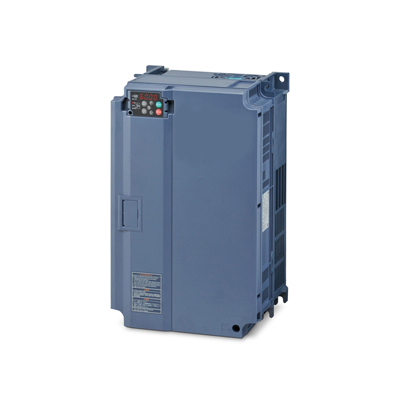
Energy savings and other benefits of more common, low-voltage ac drives are becoming well known. Medium-voltage drives, operating from higher electric supply, bring ŌĆśheavy liftingŌĆÖ capability and further economies of scale to rugged applications. This is the August 2010 Control Engineering cover story.
ApplicationMedium voltage AC drives generally benefit applications that require motors from 500 to 20,000 hp, where the difference in current draw between low voltage and medium voltage becomes substantial. Motors in this range are often used to operate large compressors pumps, and fans in power stations, petrochemical plants, water/wastewater treatment facilities, and mines.
High voltage AC drives generally benefit applications that require motors from 500 to 20,000 Hp, where the difference in current draw between low voltage and High voltage becomes substantial. Motors in this range are often used to operate large compressors pumps, and fans in power stations, petrochemical plants, water/wastewater treatment facilities, and mines.
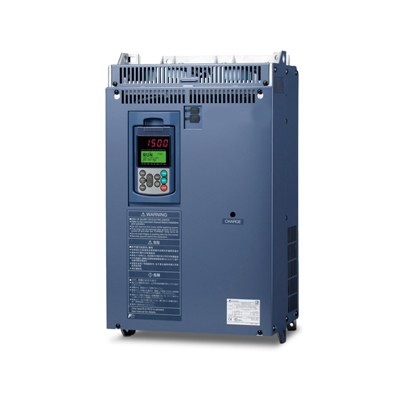
Energy savings and other benefits of more common, low-voltage ac drives are becoming well known. Medium-voltage drives, operating from higher electric supply, bring ŌĆśheavy liftingŌĆÖ capability and further economies of scale to rugged applications.
ApplicationIn majority of industrial applications, fans and pumps usually driven by fixed speed motors, controlling of air or liquid flow is usually achieved by conventional mechanical methods such as throttling, flow control valves and inlet dampers, resulting in a substantial amount of energy loss. On other hand by using electrically driven, compressors wellhead pumps are the current alternatives to traditional water and gas injection for pressure augmenting requirements. Hence, usage of electrically driven motors can significantly minimize the energy loss and productivity can be increased by installing the HV drive.
The electric motor is the central component in motor vehicles, heating ventilating and cooling (HVAC) equipment, and home appliances. Rising income levels and improving standards of living are spurring production of motor vehicles and electronic appliances globally, AC motors are relatively smaller, cheaper and lighter, and most commonly used in HVAC equipment, industrial and home appliances, and manufacturing facilities. DC motors are used for variable speed control applications such as industrial machinery and motor vehicles. Semiconductors play a major role in electric motors by boosting performance, minimizing power losses, and optimizing thermal management.
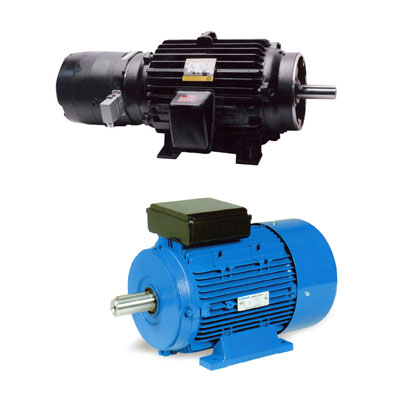
Industrial electric motors eliminated animal and hydraulic power in processing grain and pumping water. The electric motor replaced the steam engines for powering locomotives, steamships, and industrial plants. Today, the Department of Energy estimates that electric motors consume half of the nationŌĆÖs electric power grid. The DC motor is used for heavy-duty applications requiring high starting torque and compact design for high speed. AC motors are commonly found where precise controllers are required to boost efficiency and power output. This is where the controller technology has advanced most appreciably in the past 20 years. Examples of applications include industrial fans, blowers, pumps, machine tools, power tools, turbines, compressors, alternators, ships, rolling mills, paper mills, movers, and other special applications. There are systems that can work in highly corrosive environments such as nuclear power stations and highly aggressive environments such as corrosive chemicals and gases.
The servo motor is most commonly used for high technology devices in the industrial application like automation technology. It is a self contained electrical device, that rotate parts of a machine with high efficiency and great precision. The output shaft of this motor can be moved to a particular angle. Servo motors are mainly used in home electronics, toys, cars, airplanes, etc
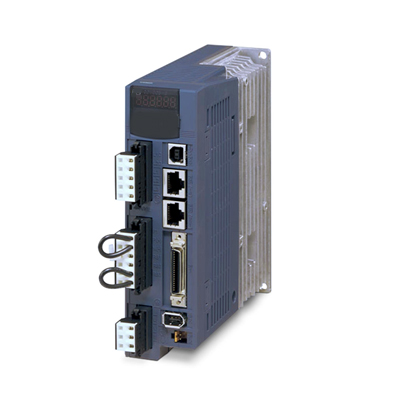
The servo motor is used in robotics to activate movements, giving the arm to its precise angle. The Servo motor is used to start, move and stop conveyor belts carrying the product along with many stages. For instance, product labeling, bottling and packaging The servo motor is built into the camera to correct a lens of the camera to improve out of focus images. The servo motor is used in robotic vehicle to control the robot wheels, producing plenty torque to move, start and stop the vehicle and control its speed. The servo motor is used in solar tracking system to correct the angle of the panel so that each solar panel stays to face the sun The Servo motor is used in metal forming and cutting machines to provide specific motion control for milling machines The Servo motor is used in Textiles to control spinning and weaving machines, knitting machines and looms The Servo motor is used in automatic door openers to control the door in public places like supermarkets, hospitals and theatres